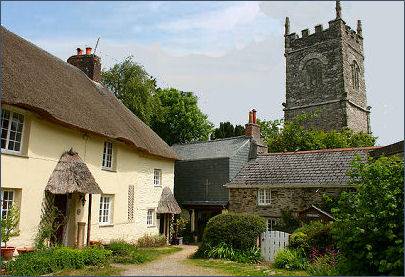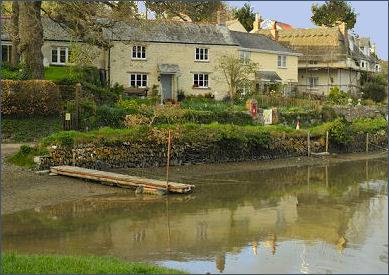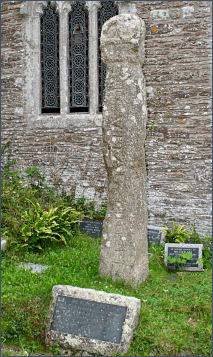OS Grid Ref:- SW 85 43
The charming village of St. Clement, known in Cornish as Moresk, lies in an unspoiled location on the banks of the Tresillian River which is a tributary of the River Fal. The village is situated 2 miles to the southeast of Truro.


The village consists of a cluster of houses and thatched cottages centred around the historic St. Clements Church. The tea room at The Old Vicarage serves delicious cream teas and lunches overlooking the riverside. Penair House was the home of Rear-Admiral Robert Carthew Reynolds (d. 1811) and was the residence of his son Barrington Reynolds. This house replaced an older one at least going back as far as the seventeenth century. Fifteen minutes walk over the hill to Malpas is The Heron Inn and access to the sailing waters on the River Fal with river trips to the historic town of Falmouth.
There are many beautiful rural and creek side walks in the area and across the river are the wooded banks of the Duchy of Cornwall owned Tregothnan Estate. The nearby Trelisick Gardens lie in a favoured position at the head of the Carrick Roads, almost islanded by the River Fal and two of it's numerous creeks.
St. Clements Church
 The village church dates from medieval times and is dedicated to St. Clement, who was a Roman citizen of noble birth. Whilst in Jerusalem, he was baptized by St Peter and became the third Pope of Rome.
The village church dates from medieval times and is dedicated to St. Clement, who was a Roman citizen of noble birth. Whilst in Jerusalem, he was baptized by St Peter and became the third Pope of Rome.
The slate tower, which is built in three stages, has a datestone with the initials F.K.I. and 1326. Most of the present fabric of the church building dates from 1865.
There are two notable monuments: to Samuel Thomas (d. 1796), the work of John Bacon, 1799, has two allegorical figures, the other is to Rear-Admiral Robert Carthew Reynolds, from the studio of Micali, Livorno, and shows a young soldier and two women, the soldier points to a monument with a naval battle, above is the portrait medallion. The battle is probably the engagement with the Droits de l'Homme.
Captain Reynolds commanded the frigate Amazon in the Action of 13 January 1797 when, in company with HMS Indefatigable, the frigates engaged and drove ashore the much larger French ship of the line Droits de l'Homme. In the heavy storm in which the battle was fought, Amazon became unmanageable and was also wrecked, although the frigate was beached and all but six of her men survived, unlike her larger opponent which was run onto a sandbar resulting in the loss of hundreds of lives.
An ancient inscribed stone cross stands in the churchyard (pictured left) . The inscription reads Ignioc Vitali fili Torrici (Ignioc son of Vitalus son of Torricus). The cross dates to the fifth or seventh century. Another inscription is in Ogham, perhaps partly in Irish. The inscriptions are both older than the carving of the upper part into a cross.